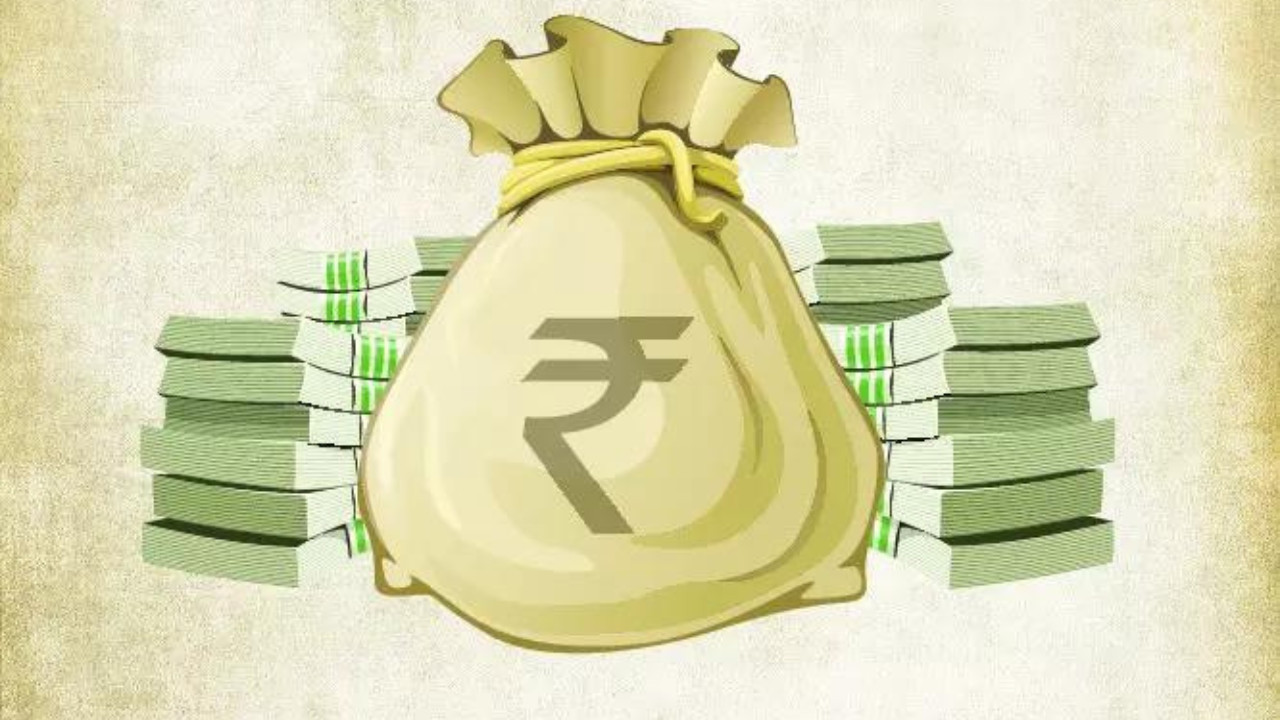West Delhi leads India in FMCG spending, averaging Rs 39,325 annually per household, while South Delhi consumes the most volume at 240kg per household. Bengaluru tops in premium FMCG product spending. Mumbai’s GDSC cluster shops most frequently, though with smaller basket sizes, and both Delhi clusters favor home-cooked meals but also consume bottled soft drinks.
South Delhi: Where Your Shampoo Dreams Come True (and FMCG Giants Feast)
Okay, let’s be real. When you picture the engine driving India’s consumer goods market, what springs to mind? Probably a bustling metropolis, maybe Mumbai’s chaotic energy, or perhaps Bangalore’s tech-savvy crowds. But what if I told you the undisputed champion, the real heavyweight champion of FMCG consumption, isn’t on the coast? Nope. It’s nestled right in the heart of the nation – South Delhi.
Yes, South Delhi, the land of meticulously manicured lawns, designer boutiques, and… apparently, an insatiable appetite for everything from shampoo to biscuits. The Times of India recently dropped a fascinating report revealing that this particular corner of Delhi reigns supreme when it comes to buying everyday essentials. Forget the Bollywood glitz or Silicon Valley swagger; this is where the rubber meets the road, or rather, where the cash register chimes the loudest for FMCG companies.
The article throws a few eye-opening stats our way. South Delhi isn’t just a consumer hub; it is the consumer hub. It surpasses even the combined consumption power of several other prominent Indian cities. That’s a pretty staggering fact when you think about the sheer size and diversity of the Indian market. We’re talking serious volume here.
So, what’s the magic ingredient? Why South Delhi?
Well, there’s a perfect storm of factors at play. Firstly, we’re talking about a concentration of wealth. South Delhi is home to a significant portion of the city’s affluent population. These are people who aren’t just buying necessities; they’re buying premium products, indulging in the latest trends, and generally fueling a high-spending culture. Think organic groceries, imported cosmetics, and the fanciest cleaning supplies you can imagine.
But it’s not just about the money. It’s also about mindset. There’s a certain aspirational quality ingrained in the South Delhi ethos. It’s a place where appearances matter, where lifestyle choices are carefully curated, and where keeping up with the latest trends is practically a civic duty. This translates into a higher demand for quality products, innovative offerings, and brands that reflect a certain status.
Consider this: you might find someone in South Delhi more inclined to opt for a imported brand of coffee beans or a high-end skincare line over a local alternative. It’s a purchase driven by a desire for quality, experience, and, let’s be honest, a bit of social signaling.
The article points out that modern retail chains and supermarkets have also played a crucial role in fueling this consumption boom. South Delhi boasts a dense network of these retail outlets, offering consumers a wide array of choices and a convenient shopping experience. These stores, strategically placed and well-stocked, make it easier than ever to indulge in that impulse buy or stock up on household essentials.
Furthermore, the demographics of South Delhi are also a key factor. It’s a relatively young and educated population, more likely to be influenced by global trends and marketing campaigns. They are savvy shoppers, informed consumers, and active participants in the digital marketplace. They are the target audience brands dream of.
Now, what does all this mean for the future of FMCG in India?
Well, for one, it highlights the importance of targeted marketing. Companies can’t simply take a one-size-fits-all approach anymore. They need to understand the nuances of different regions and tailor their strategies accordingly. What works in South Delhi might not resonate in a smaller town in Uttar Pradesh.
The article subtly hints at the growing importance of online retail. While brick-and-mortar stores still hold sway, the online channel is rapidly gaining ground, particularly among the tech-savvy consumers of South Delhi. This is where brands need to be investing their resources, building their online presence, and crafting engaging digital experiences.
Finally, it underscores the enduring power of the Indian consumer. Despite economic fluctuations and global uncertainties, the Indian market remains a formidable force, driven by a growing middle class and an insatiable appetite for progress. South Delhi might be leading the charge right now, but it’s a sign of the potential that exists across the entire nation.
So, next time you’re browsing the supermarket shelves, remember the unsung hero of the FMCG world: South Delhi. It’s a reminder that sometimes, the most significant economic stories are happening not in the boardrooms or the stock exchanges, but in the aisles of your local grocery store. And that’s a story worth paying attention to.







